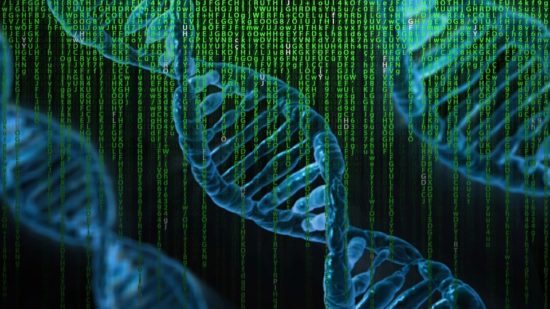Ten simple rules for the sharing of bacterial genotype—Phenotype data on antimicrobial resistance
The increasing availability of high-throughput sequencing (frequently termed next-generation sequencing (NGS)) data has created opportunities to gain deeper insights into the mechanisms of a number of diseases and is already impacting many areas of medicine and public health. The area of infectious diseases stands somewhat apart from other human diseases insofar as the relevant genomic data comes from the microbes rather than their human hosts. A particular concern about the threat of antimicrobial resistance (AMR) has driven the collection and reporting of large-scale datasets containing information from microbial genomes together with antimicrobial susceptibility test (AST) results. Unfortunately, the lack of clear standards or guiding principles for the reporting of such data is hampering the field’s advancement. We therefore present our recommendations for the publication and sharing of genotype and phenotype data on AMR, in the form of 10 simple rules. The adoption of these recommendations will enhance AMR data interoperability and help enable its large-scale analyses using computational biology tools, including mathematical modelling and machine learning. We hope that these rules can shed light on often overlooked but nonetheless very necessary aspects of AMR data sharing and enhance the field’s ability to address the problems of understanding AMR mechanisms, tracking their emergence and spread in populations, and predicting microbial susceptibility to antimicrobials for diagnostic purposes.
AMR NEWS
Your Biweekly Source for Global AMR Insights!
Stay informed with the essential newsletter that brings together all the latest One Health news on antimicrobial resistance. Delivered straight to your inbox every two weeks, AMR NEWS provides a curated selection of international insights, key publications, and the latest updates in the fight against AMR.
Don’t miss out on staying ahead in the global AMR movement—subscribe now!







